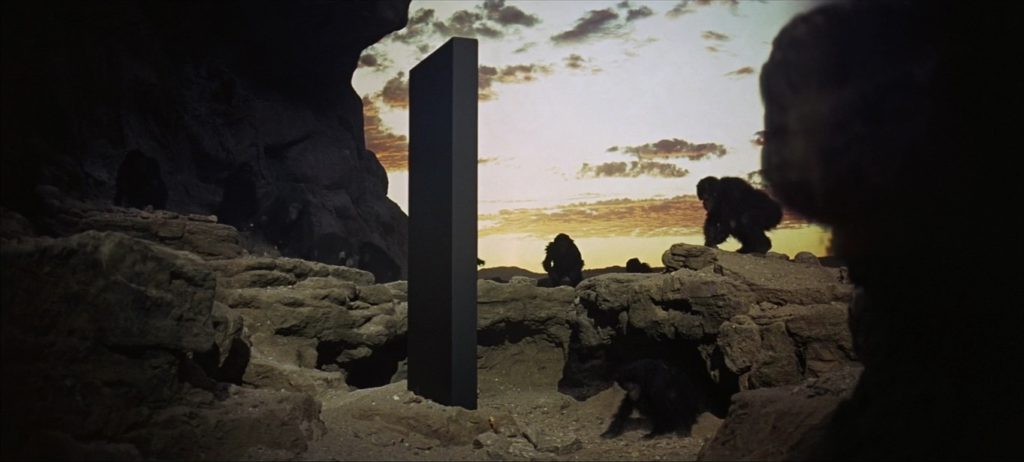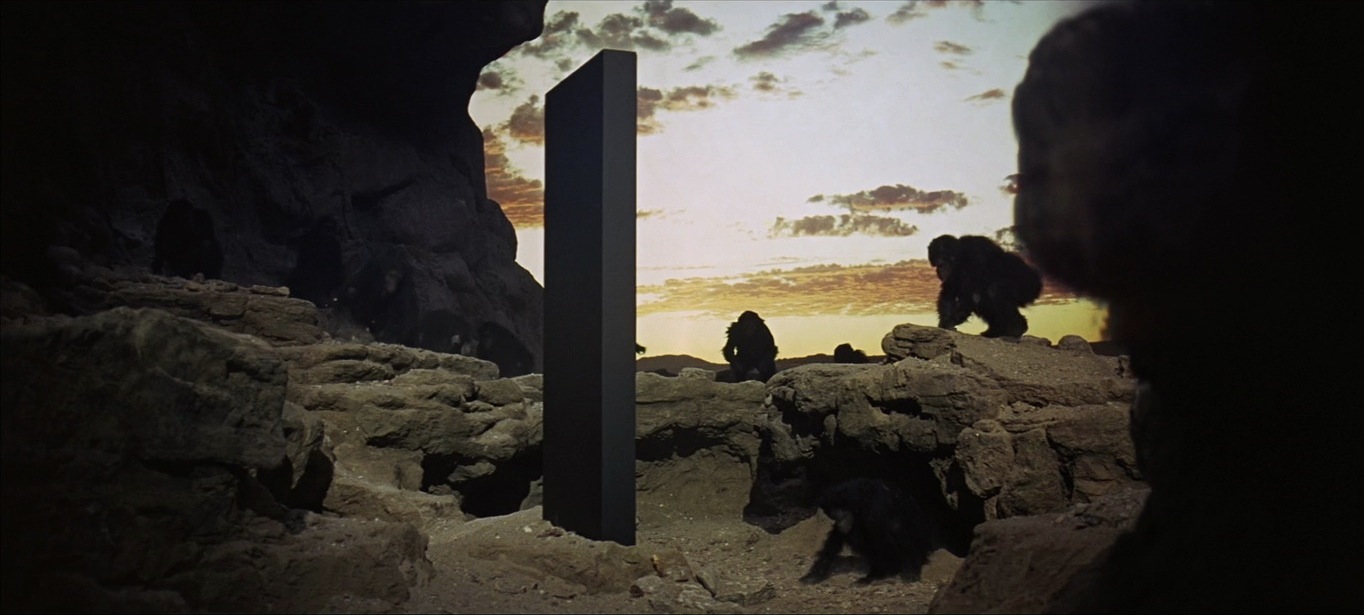
I’ve become slightly obsessed in my studies of art curation.
And I can’t help thinking we’ve only just begun to explore the ways we can display generative art.
Some generative collections have a painterly quality to them… like Fidenza, Ringers, Anticyclone, Meridian, Memories of Qilin… and many others.
They all look good when printed, framed and hung on a white wall.
And yet, that feels a little odd to me.
Don’t get me wrong, I would love to own pieces from any one of those collections, print them, frame them and hang them in my home.
But… we’re meant to be at the forefront of something new here, aren’t we?
Hanging framed prints on a white wall was the approach taken by Alfred Barr, back when he started his career as curator of New York’s MoMA in 1929. Back then it was new, and ground-breaking. But not anymore.
Maybe that’s OK. Maybe this is one of the aspects of generative art we can embrace… the fact that it sometimes allows for a traditional approach to display.
I’m equally drawn to the generative projects that break new ground in terms of how we experience the works.
For example, I’m fortunate enough to own Glitch Crystal Monsters #802, by Alida Sun. This is a glorious piece that is in constant motion. If you print it, you’re just printing a snapshot, and you’re missing the point.
And when I look at it on my phone or monitor, I feel embarrassed, almost like I should apologize. To me, this feels like art that is begging for scale. It wants to go big.
For example, Glitch Crystal Monsters looked a lot better when it was shown on a large screen, like you see here at the Shibuya Crossing in Tokyo.
Mind you, that still feels a little small to me.
I think I’d like to tow a barge out into the English Channel, opposite the 400 feet white, chalk cliffs of Beachy Head in Sussex. I’d need some fancy stabilization gear on the barge, and a huge projector.
But how cool would it be to watch Glitch Crystal Monsters dance across the cliffs, using a full 400 feet in height to play with?
I have a slightly more monumental idea for my piece by Aaron Penne and Boreta… Rituals – Venice #79.
Again, this is a piece that moves… and with a soundtrack too. You can’t just print it.
We could project it on the same cliff. Mind you, we’d need a few more barges with huge speakers, so we could play Boreta’s soundtrack at full volume.
But there is more to Rituals than movement and sound…
If you look at the project description, you’ll find this:
“If left running, a single Ritual will continue generating music and art without repeating for ~9 million years.”
Well, that’s a long time.
Pretty amazing too. And make no mistake, that statement of longevity is central to the art. It’s part of what the art IS.
We’ll need something a lot more permanent than a few barges. More permanent than a gallery, or an entire city. Cities usually don’t last more than a few thousand years, at best.
Let’s travel north, to a remote part of what is known as the Canadian Shield… Millions of square miles of solid granite, scraped clean during the last ice age. The shield is about 3.96 billion years old. Another 9 million years shouldn’t bother it.
And now we need an equally permanent way to display my Ritual.
Again, maybe granite. With a sheet of 4-inch ballistic glass to protect the display. We’ll need a 9-million-year power supply. Perhaps solar or thermal. And, of course, we’ll need some speakers.
As for scale, this is a huge landscape. We don’t want the art to get lost, or buried in snow. Let’s think in terms of the Monoliths in 2001: A Space Odyssey.
Big.
And, why just one? The Rituals collection has 1,000 pieces.
So… one Monolith every 10 meters… for 10 thousand meters in total. In a straight line. Or in a huge circle, maybe.
Broke the budget? OK. How about a circle of 12 Rituals Monoliths, like the hour markers of a clock, counting down to 9 million years?
Still too ambitious? Perhaps. But still…
So far, for the most part, we’re just creating online versions of traditional gallery walls on which we show our generative art collections.
We have two-dimensional galleries and three-dimensional galleries. But in either case, we’re simply creating exhibitions that the look the same as what Alfred Barr created almost 100 years ago,
And none of this really works for art that includes movement and/or sound.
It just strikes me that this is very early days. And that we need to open our minds to new ways to show and experience generative art.
So far, I don’t think we’re doing it justice. We need to think broader, and bigger.
